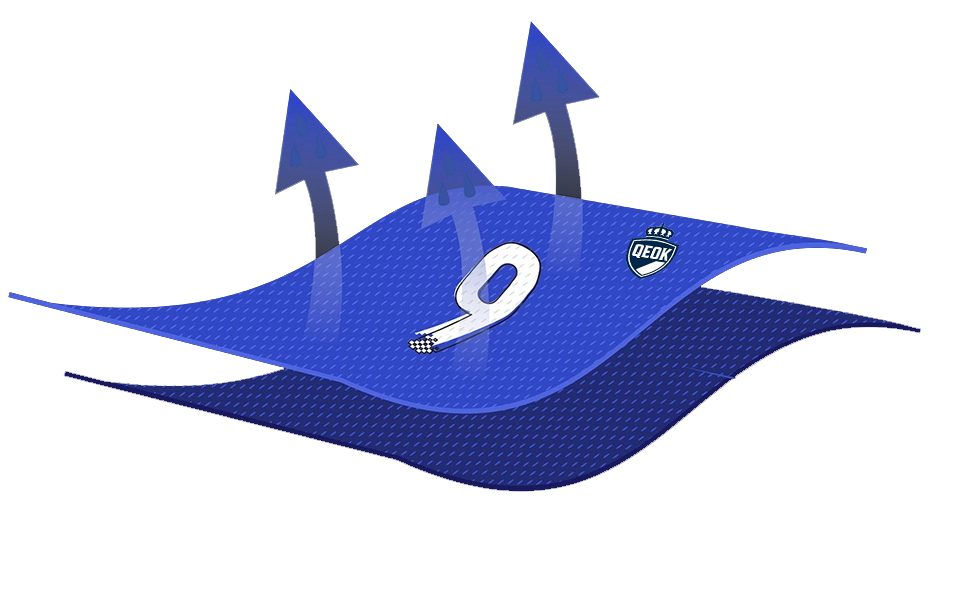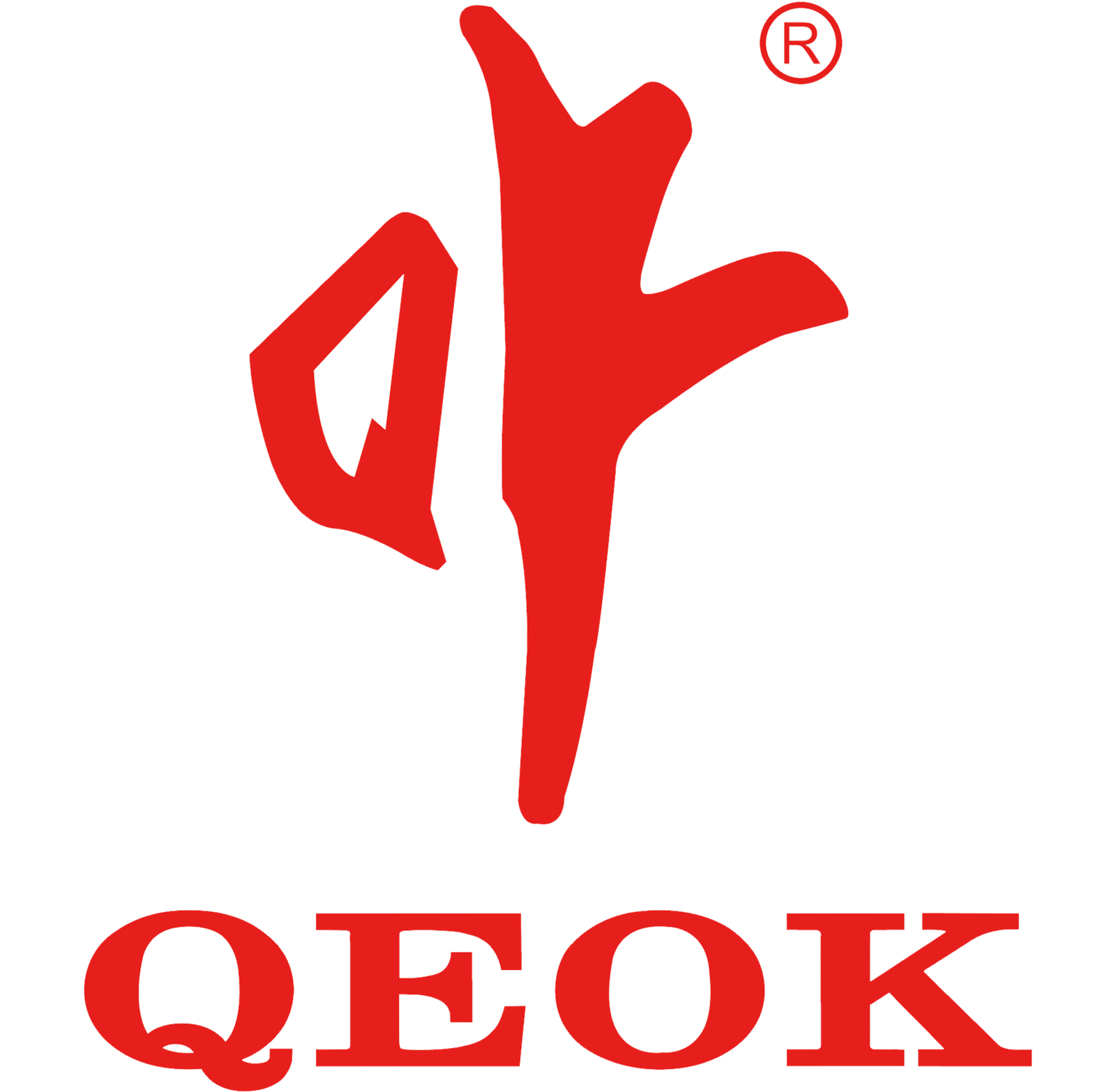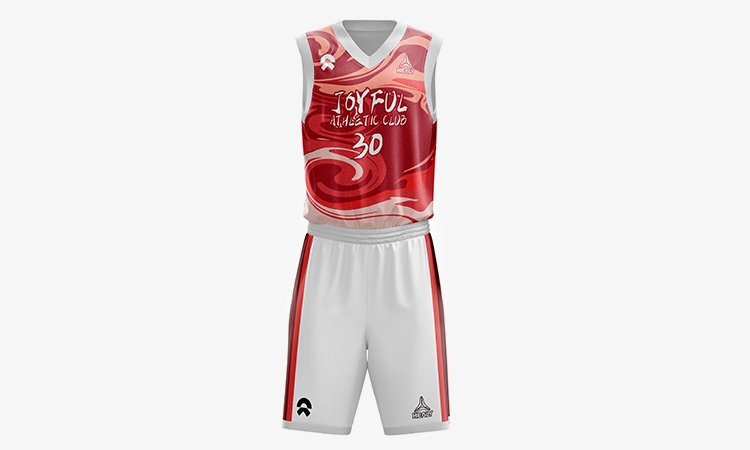Introduction
When it comes to custom sportswear, fabric is everything.
The right material can boost performance, comfort, and durability — while the wrong one can ruin your game. At QEOK, we carefully select and test every fabric before production to make sure your jerseys, hoodies, and tracksuits not only look great but also perform exceptionally.
In this guide, we’ll walk you through the most common sportswear fabrics, their benefits, and how to choose the best one for your custom project.
1. Polyester — The King of Performance
Polyester is the most widely used material in sportswear. It’s lightweight, durable, and quick-drying — perfect for high-performance games.
Most of QEOK’s rugby jerseys, soccer kits, and baseball shirts use 100% polyester or blended fabrics.
Key Benefits:
Excellent moisture-wicking
Resistant to shrinking and wrinkling
Holds vibrant colors perfectly during sublimation printing
Easy to wash and maintain
Ideal For:
Rugby jerseys, soccer jerseys, basketball uniforms, training shirts
2. Spandex (Elastane) — For Stretch and Flexibility
When you need freedom of movement, spandex is your go-to fiber.
It’s often blended with polyester or nylon to add elasticity and shape recovery.
Key Benefits:
High stretchability (up to 5–8× original length)
Keeps garments snug and form-fitting
Prevents deformation after multiple washes
Ideal For:
Compression wear, leggings, yoga outfits, fitted training tops
3. Cotton — Natural Comfort with a Soft Touch
Although less common in professional sportswear, cotton remains popular for lifestyle collections and training apparel.
Its natural softness and breathability make it great for off-field comfort.
Key Benefits:
Gentle on skin, breathable, and comfortable
Absorbs sweat well
Perfect for embroidery and patch logos
Ideal For:
Casual hoodies, cotton rugby jerseys, polo shirts, sweatshirts
4. Nylon — Lightweight Strength
Nylon is another synthetic fabric loved for its smooth texture and excellent abrasion resistance.
At QEOK, we often use nylon for tracksuits, jackets, and windbreakers.
Key Benefits:
Strong yet soft and lightweight
Dries faster than cotton
Resistant to tearing and fraying
Ideal For:
Tracksuits, outerwear, training pants
5. Fleece & French Terry — Warmth and Comfort
For colder climates or winter training, fleece and French terry are ideal.
Both are soft, insulating fabrics commonly used in hoodies and sweatshirts.
Fleece is brushed for extra warmth, while French terry has loops that provide comfort and breathability.
Ideal For:
Hoodies, sweatshirts, jogging sets, warm-up jackets
6. Mesh & Interlock — Breathable Game-Changers
Mesh fabrics improve airflow, keeping athletes cool during intense activity.
Interlock fabrics, on the other hand, have a smoother, more stable structure ideal for sublimation printing.
Key Benefits:
Mesh: Lightweight, breathable, cooling
Interlock: Smooth, stable, colorfast
Ideal For:
Training jerseys, soccer shirts, breathable panels in tracksuits
7. Fabric Finishing Matters
Beyond material type, finishing processes affect comfort and performance:
Moisture-wicking treatment for sweat absorption
Anti-bacterial coating for hygiene
UV protection for outdoor sports
Brushed finishing for a softer interior
QEOK works closely with textile mills to ensure every batch meets international quality standards and client expectations.
Conclusion
Choosing the right fabric is the foundation of great sportswear.
At QEOK, we combine professional design, high-quality fabrics, and advanced manufacturing to deliver the perfect balance of comfort, performance, and style.
Whether you’re ordering custom rugby jerseys, soccer kits, or team hoodies, our expert team will help you choose the ideal fabric for your needs.





